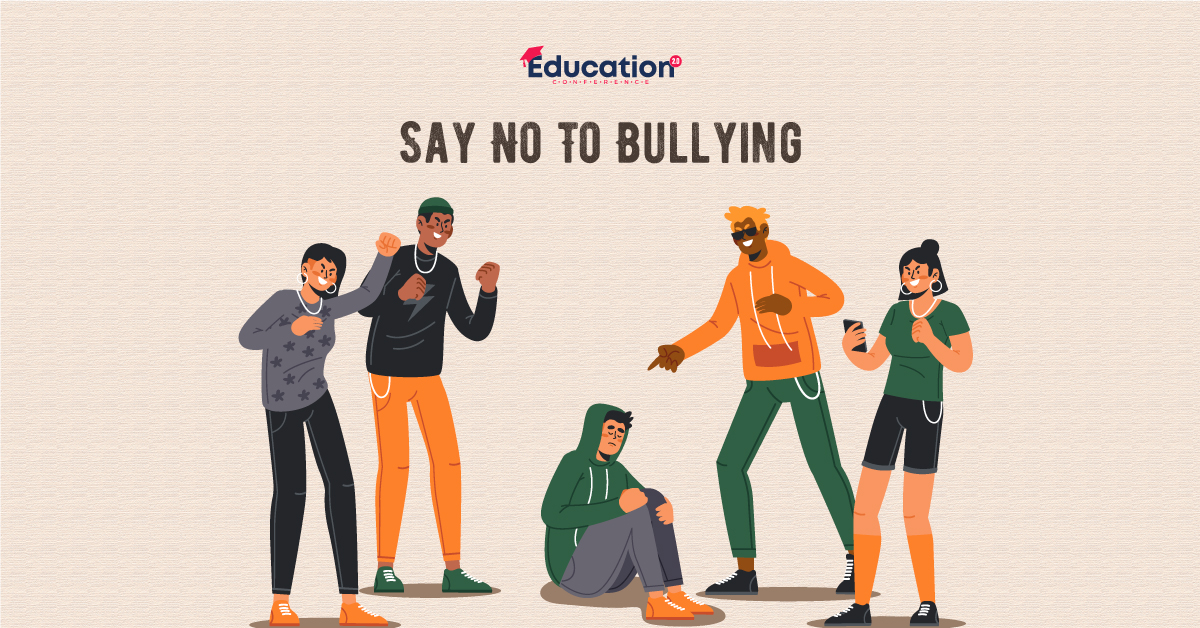According to reliable educational resources, relatively 20% of students experienced bullying in 2016.
This startling percentage is particularly shocking in light of the numerous adverse effects of bullying on students' wellness. Targeted children frequently struggle with academic underachievement, sleep problems, anxiety, and despair. Not to mention the bullies themselves, who are significantly more likely to experience a range of issues that could persist throughout adulthood, from violent conduct to drug dependence.
Education events in USA brought together eminent educators to discuss various bullying conflicts, including: how can teachers make a change? How does an individual form a comfortable and safe environment? Efforts are being made to solve this grave problem, but more must be done. Through this blog, we study the social evil of bullying in schools.
Bullying's Potential Causes Include:
* Parents who are too harsh cause their children to lack social problem-solving abilities.
* Low requirements for interpersonal behavior at a medical care facility or school.
* Video games, contact sports, and other cultures obsessive about winning, power, and violence are samples of this.
* Bullying can increase if pupils don't receive punishment for exhibiting unfavorable attitudes.
* A personal account of bullying is usually taken further if there is a lack of action against bullying conduct.
Ways to Stop Bullying In Schools:
Include the youngsters and the parents
As discussed at education conferences like the Education 2.0 Conference, it's the participation of both parents and students in anti-bullying campaigns that matter. Adults can ask their children and provide guidance whenever required. Students are often taught various coping mechanisms and techniques to stand against the bully. Older pupils can mentor younger kids and teach them internet safety precautions.
Set up good behavioral standards for both children and adults
Students must have access to a secure learning environment in schools and classrooms. They have to be explicitly reminded by their teachers and coaches that bullying is not permitted at the school and that doing so will result in penalties. Additionally, teachers and administrators can help students who are struggling to adjust or make friends by facilitating friendships or giving them "things" to do during lunch and recess.
Engage in open dialogue
Communication is essential for better interpersonal relationships. Open communication between educators and students helps create a comfortable environment where the students may also share the issues that bother them, including bullying cases. According to experts at post-COVID education events, 1:1 meetings can be a way to improve communication. During class meetings, students can also discuss topics outside of academics.
Report bullying and cyberbullying
Students should ask a parent or any adult they may trust about any bullying they may have experienced. A parent's responsibility is to create a nurturing atmosphere when a youngster reports a bullying incident.













